Science is cool!
Did you know you can do at-home science experiments using your body?! Plus no materials needed! And no mess to clean up. So read on and learn about how cool your body is with me!
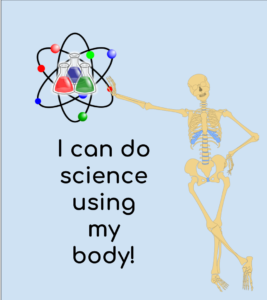
Experiment 1: Finding Your Dominant Leg
What to do:
- Stand relaxed with your feet together about hips width apart
- Have a family member stand behind you and gently push your back. This works best if they do it without warning so you do not expect it.
- Note which foot steps forward to keep you from falling. That is your dominant leg!
What it Means
When your foot steps forward to keep you from falling, it is called a protective step. This means that it is your body’s way of protecting you from falling on your face. Just like you have a dominant hand that you write with, you have a dominant leg. This is your body’s preferred leg for kicking in kickback or soccer. Track and field athletes use their dominant leg to adjust their blocks and steps for optimal performance.
Reflect
Think about and discuss these questions:
- Is your dominant leg the same or different than your dominant hand?
- Do you think the time it takes for your foot to step forward changes as you age? If so, do you think it becomes slower or faster?
Experiment 2: Testing Your Balance
What to do
- Standing up straight at keeping your eyes looking forward, balance on your right leg. Count how long you can balance without putting your other leg down.
- Repeat on your left leg. Which leg could you balance on longer?
- Balance on whichever leg did better. Close your eyes. Did it become harder or easier to balance?
What it Means
Similar to the way you have a dominant leg for a protective step, your body has a preferred leg for balancing. For most people, one leg is easier to balance on than the other. This may be because you use that leg more for activities that require balance. When you balance, your body uses multiple senses, such as your sense of sight. When you close your eyes, you take that away, often times making it harder to balance.
Reflect
Think about and discuss these questions
1. If you had a leg that did better balancing, was it the same or different than your dominant leg from the previous experiment? Why do you think that may be?
2. Balance is important as you get older to keep you from falling and getting hurt. Brainstorm some exercises and activities that you can do to improve your balance!
What are some other experiments you can do with your body?
Feel free to share in the comments! If you enjoyed these at-home science experiments using your body, share with your friends!
View all my kid-inspired movement posts here
Want to reach out? Email me at [email protected]

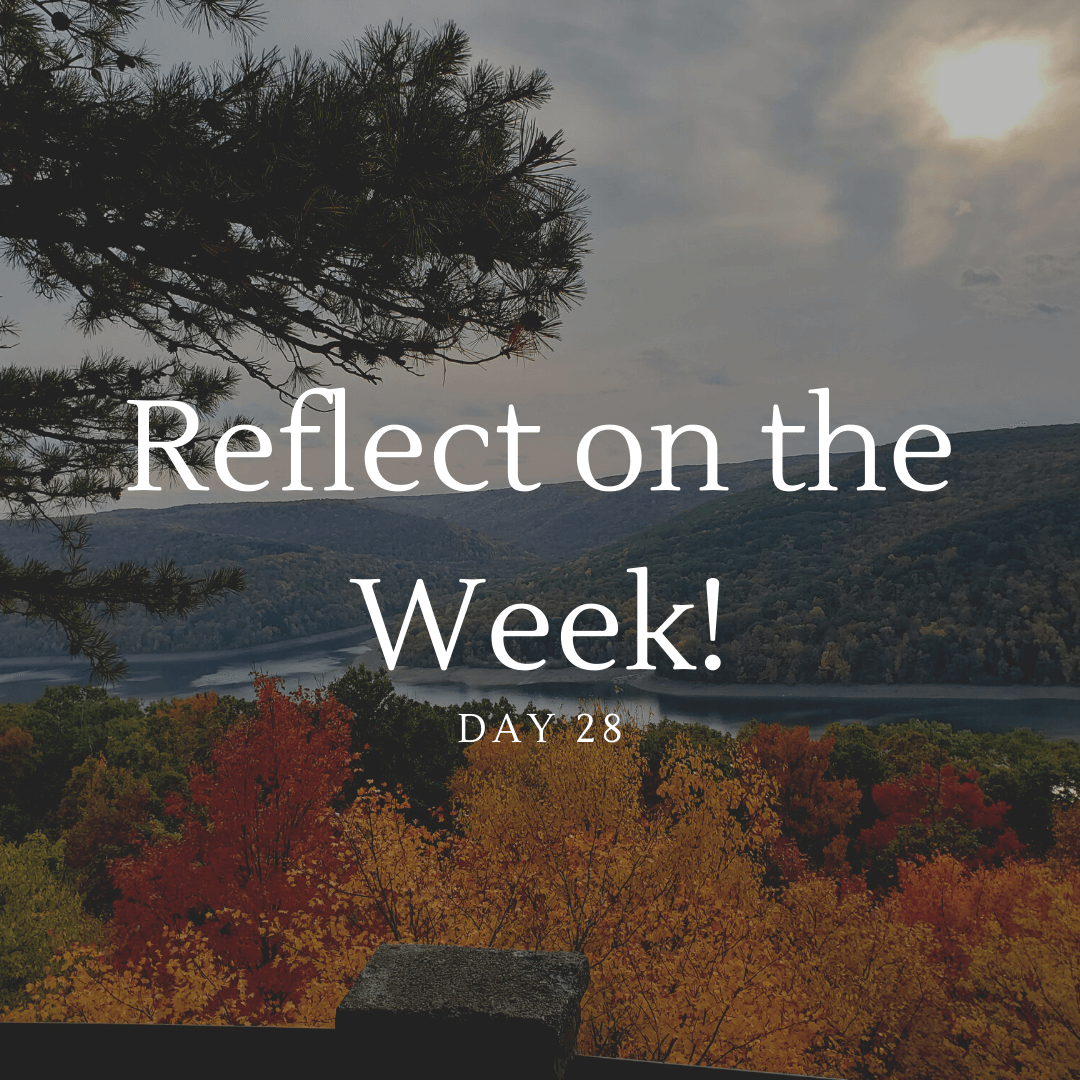
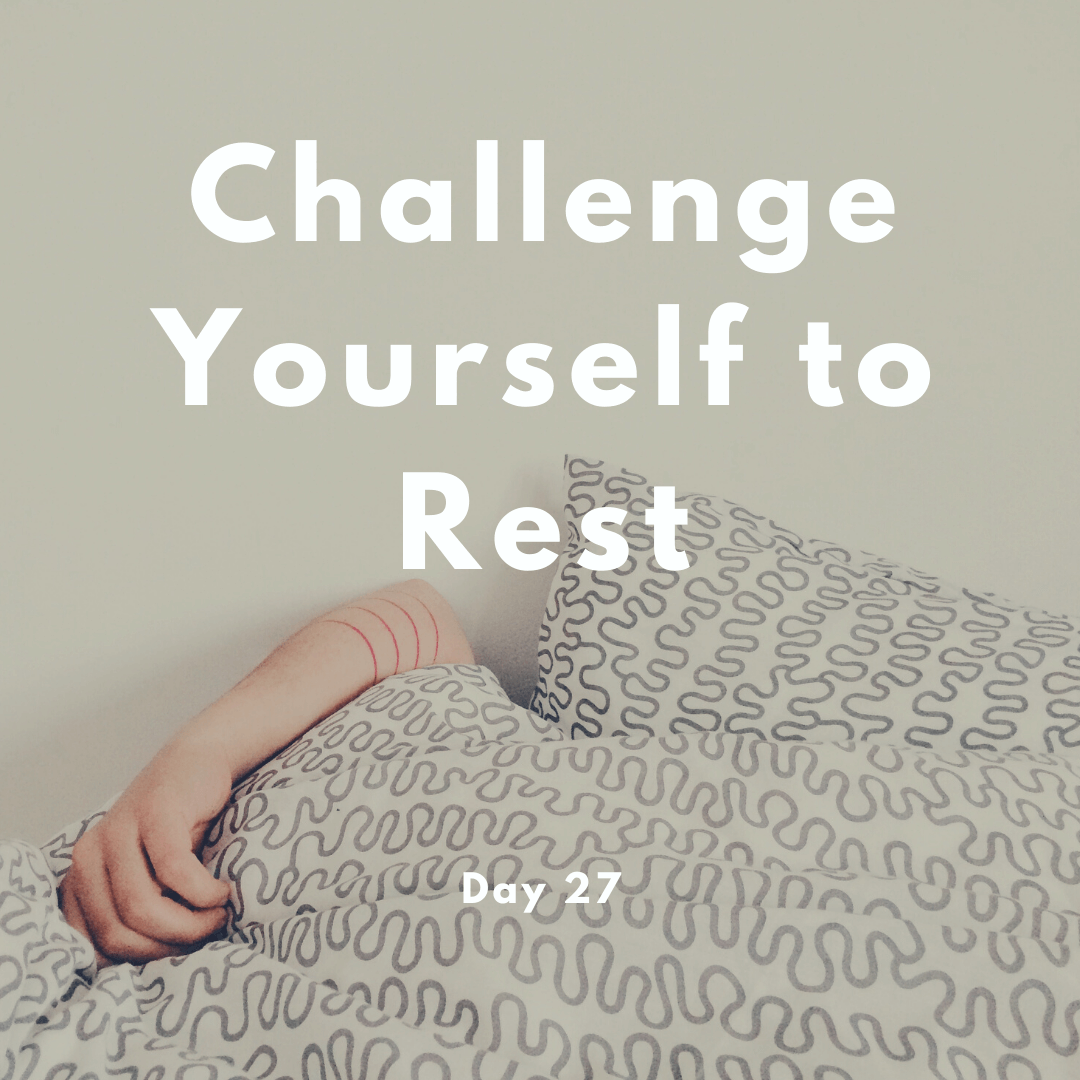
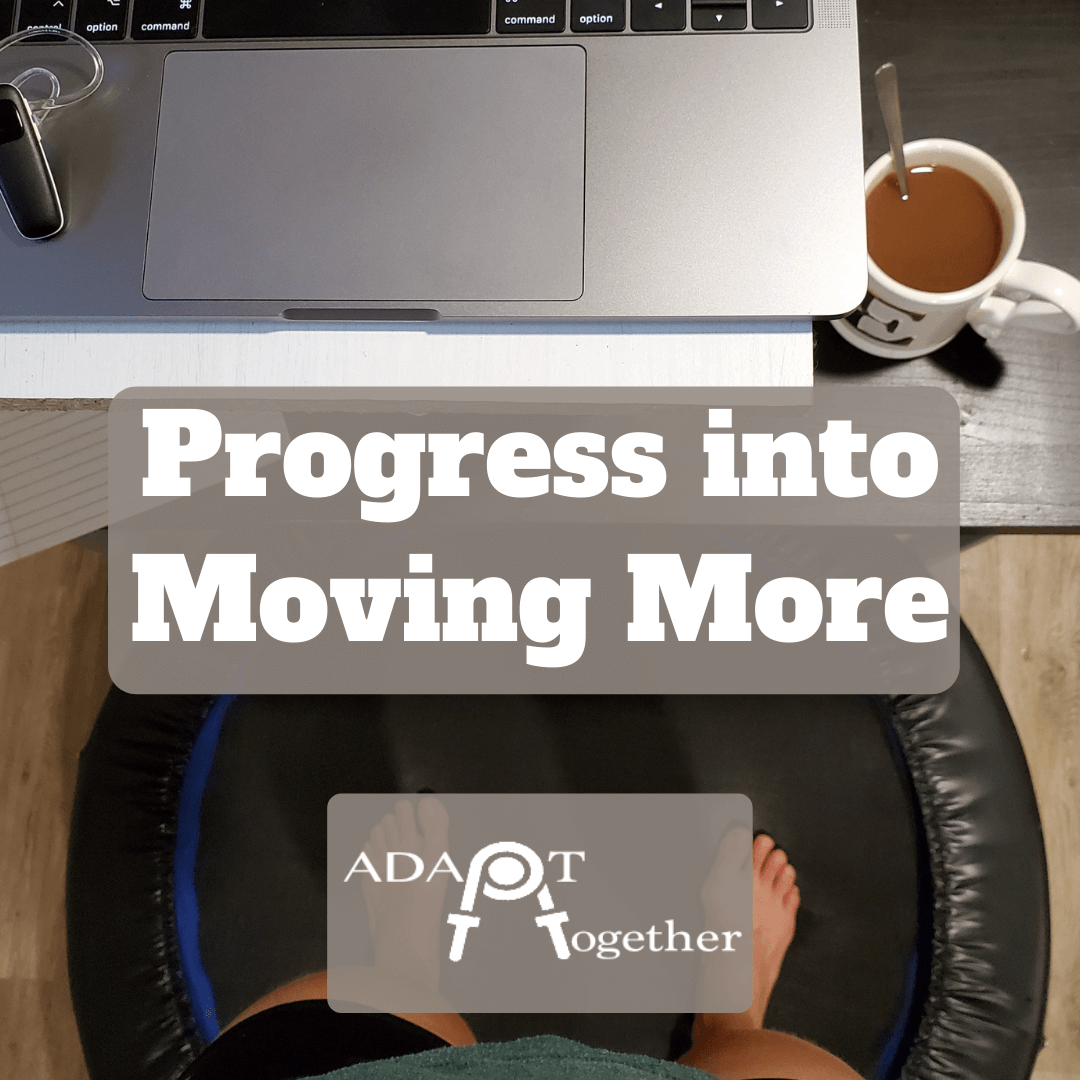

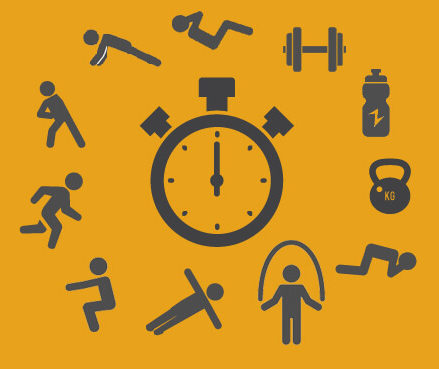
One Response